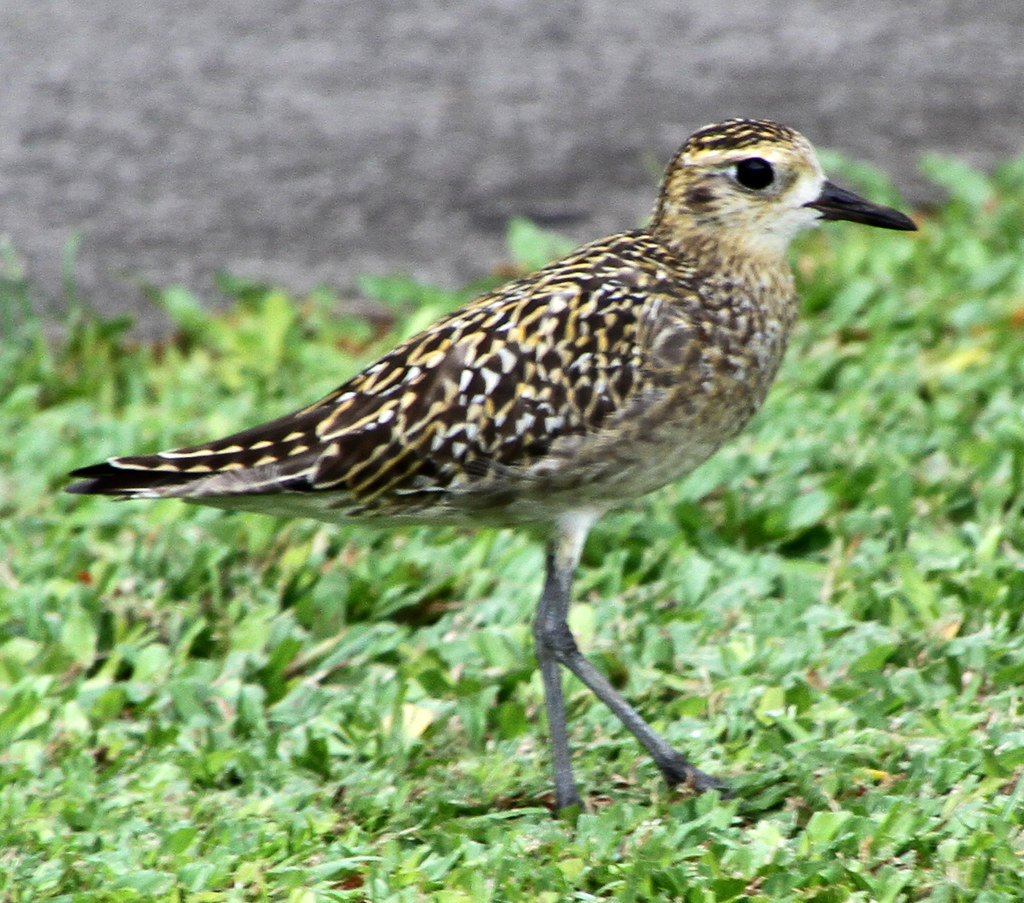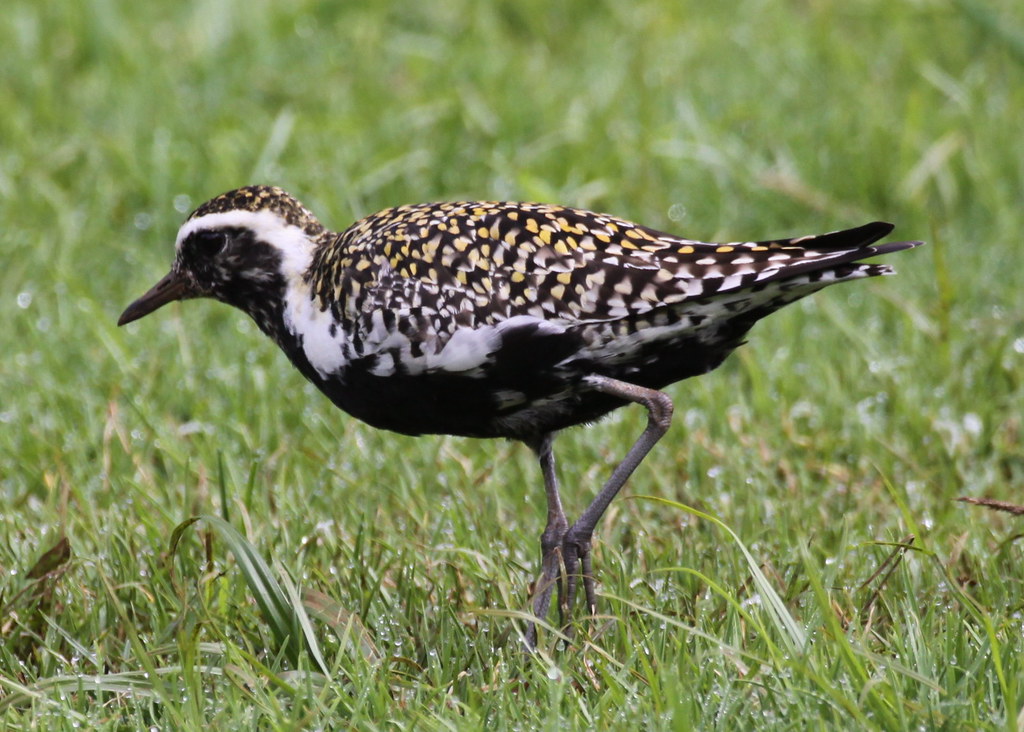The pictures we use in our articles might not show exactly what the words say. We choose these pictures to make you interested in reading more. The pictures work together with the words but don’t take their place. The words still tell you the important facts.
Introduction
The Kolea bird, also known as the Pacific Golden Plover (Pluvialis fulva), is a remarkable shorebird that captivates both scientists and nature enthusiasts alike. This small but mighty bird is renowned for its extraordinary migratory patterns, impressive adaptability, and significant cultural importance, particularly in Hawaii. From the Arctic tundra to the tropical Pacific islands, the Kolea's annual journey is a testament to the wonders of nature and the resilience of wildlife.
In this comprehensive article, we'll explore the fascinating world of the Kolea bird, delving into its unique characteristics, behavior, habitat preferences, and the incredible feats of endurance it displays during its long-distance migrations. We'll also examine the cultural significance of this beloved bird and the conservation efforts aimed at protecting its populations for future generations to admire and study.
Key Takeaways
Fascinating Facts About the Kolea Bird

1. Master of Long-Distance Migration
The Kolea bird is a true champion of long-distance migration. Every year, these incredible birds embark on a non-stop journey of over 3,000 miles, flying from their breeding grounds in the Arctic tundra to their wintering sites in Hawaii and other Pacific islands. This feat of endurance is made even more impressive by the fact that these birds complete the journey without any stopovers.
The timing of their migration is remarkably consistent. Kolea typically arrive in Hawaii between August and September, with adults reaching their destination first, followed by juveniles in October. They then spend several months in their wintering grounds before making the return trip to the Arctic in late April to early May.
2. Impressive Site Fidelity
One of the most intriguing aspects of Kolea behavior is their strong site fidelity. These birds have an uncanny ability to return to the exact same locations year after year during their winter stays. Studies have shown that Kolea have an impressive 80% return rate to their previous habitats.
This high level of site fidelity not only demonstrates the birds' remarkable navigational skills but also highlights the importance of preserving their wintering habitats. The consistent return of Kolea to specific areas allows researchers to conduct long-term studies on population dynamics and behavior, providing valuable insights into the species' ecology and conservation needs.
3. Adaptable Habitat Preferences
While many shorebirds are restricted to coastal areas, the Kolea demonstrates remarkable adaptability in its habitat choices. In Hawaii, these versatile birds can be found in a wide range of environments, showcasing their ability to thrive in both natural and human-modified landscapes.
Kolea are commonly spotted in:
This adaptability has likely contributed to the Kolea's success as a species, allowing them to take advantage of diverse food sources and nesting opportunities across their range.
4. Seasonal Plumage Transformation
The Kolea undergoes a striking transformation in its appearance throughout the year, adapting its plumage to suit different environments and purposes. This seasonal change in coloration is not only visually impressive but also serves important biological functions.
During the breeding season:
In the non-breeding season:
5. Skilled Foragers with Keen Eyesight
Kolea birds are exceptionally adept at finding food in their diverse habitats. Their diet primarily consists of terrestrial insects, which they locate using their acute vision. Some of their favorite prey items include:
Their long bills are perfectly adapted for probing the ground and capturing insects. This foraging behavior not only sustains the Kolea but also plays a role in controlling insect populations in their wintering grounds, providing a natural form of pest management.
6. Territorial Behavior
Despite their small size, Kolea birds are known for their bold and territorial nature. Upon returning to their wintering grounds in Hawaii, they often engage in aggressive behavior to secure and defend their feeding areas. This can include chasing away larger birds, such as mynas, that may try to encroach on their territory.
This territorial behavior ensures that each Kolea has access to sufficient food resources during their stay in Hawaii, which is crucial for building up the energy reserves needed for their long return journey to the Arctic breeding grounds.
7. Cultural Significance in Hawaii
The Kolea holds a special place in Hawaiian culture and folklore. Known as "Kōlea" in the Hawaiian language, these birds are viewed as symbols of good luck and are closely associated with the concepts of migration and renewal.
The name "Kolea" itself is derived from the bird's distinctive call, which is said to translate to "one who takes and leaves." This name perfectly encapsulates the bird's migratory nature and its annual cycle of arrival and departure from the Hawaiian Islands.
8. Conservation Status and Efforts
While Kolea populations have faced challenges in the past, including habitat loss and hunting, they are now protected under the Migratory Bird Treaty Act. However, ongoing conservation efforts remain crucial for ensuring the species' long-term survival.
Current conservation focuses include:
Frequently Asked Questions About the Kolea Bird
How far do Kolea birds migrate each year?
Kolea birds migrate over 3,000 miles non-stop between their breeding grounds in the Arctic and wintering sites in Hawaii and other Pacific islands.
What do Kolea birds eat?
AKolea primarily feed on terrestrial insects such as cockroaches, caterpillars, earwigs, and moths. During breeding season, they may also eat berries, leaves, and seeds.
How long do Kolea birds live?
With proper conservation efforts, Kolea can live up to 15 years in the wild.
Are Kolea birds endangered?
While not currently endangered, Kolea are considered of "High Concern" in the U.S. Shorebird Conservation Plan and are protected under the Migratory Bird Treaty Act.
Why are Kolea important in Hawaiian culture?
In Hawaiian culture, Kolea are symbols of good luck and are associated with migration and renewal. Their name is derived from their call, which translates to "one who takes and leaves."
Conclusion
The Kolea bird, with its remarkable migratory feats and adaptable nature, stands as a testament to the wonders of the natural world. From their incredible journey across the Pacific to their ability to thrive in diverse habitats, these small but mighty birds continue to captivate scientists, conservationists, and nature enthusiasts alike.
As we continue to study and appreciate the Kolea, it becomes increasingly clear that protecting these birds and their habitats is not just about preserving a single species. It's about maintaining the delicate balance of ecosystems across the Pacific, from the Arctic tundra to the tropical islands of Hawaii. By safeguarding the Kolea, we are also protecting the intricate web of life that depends on their presence and the cultural heritage they represent. As we face the challenges of a changing world, the resilience and adaptability of the Kolea bird serve as an inspiration and a reminder of the importance of conservation efforts for all migratory species.






